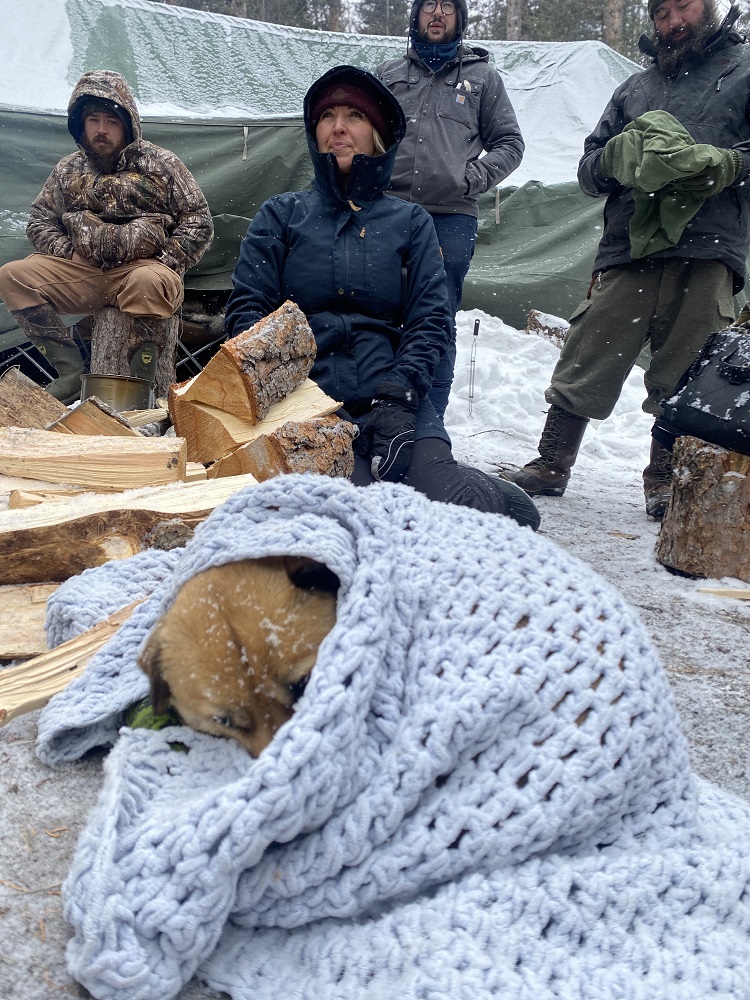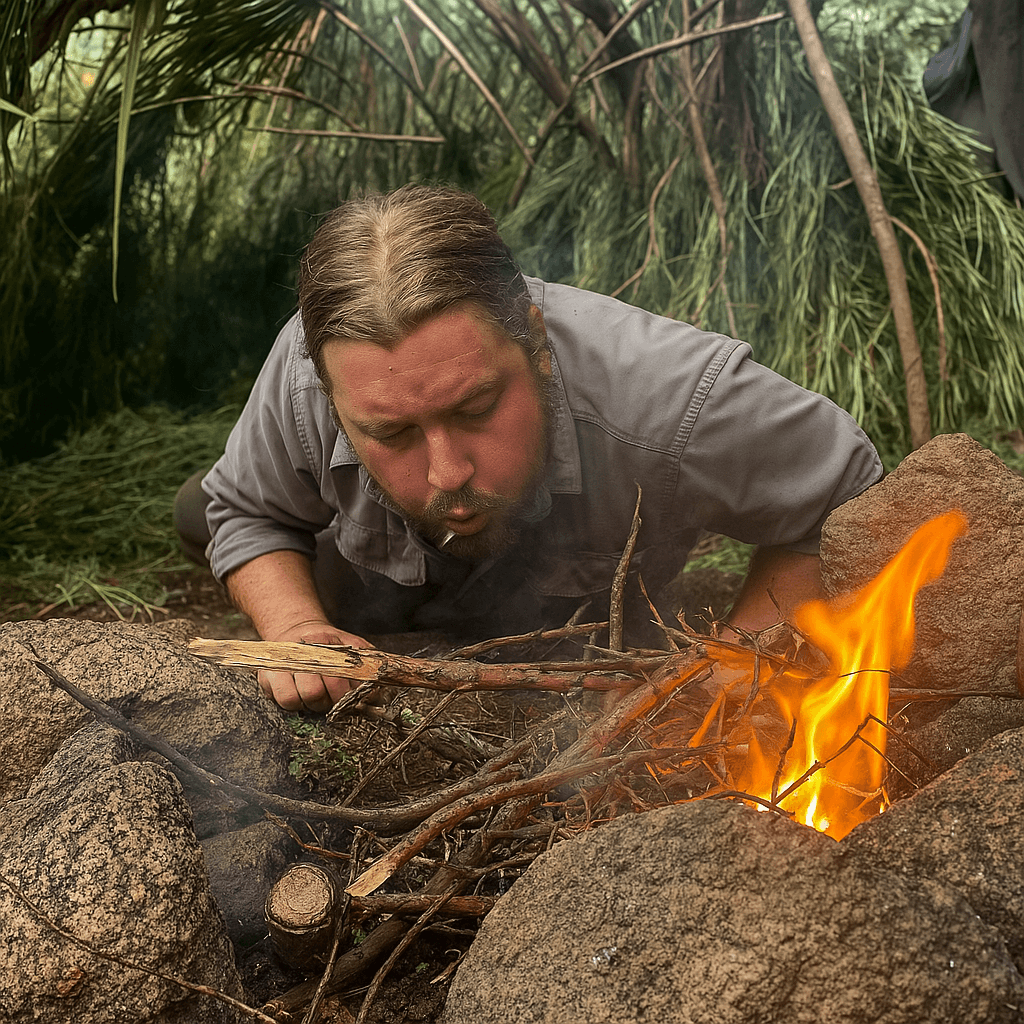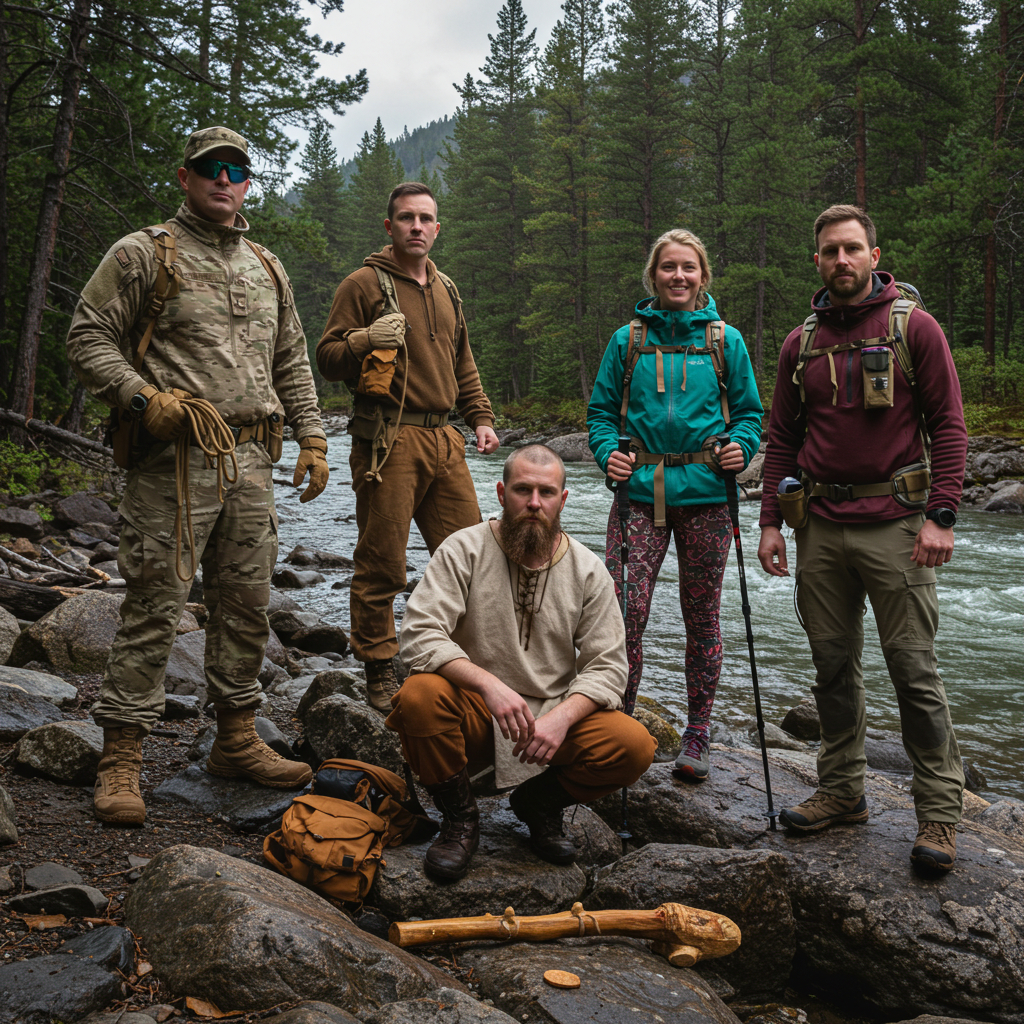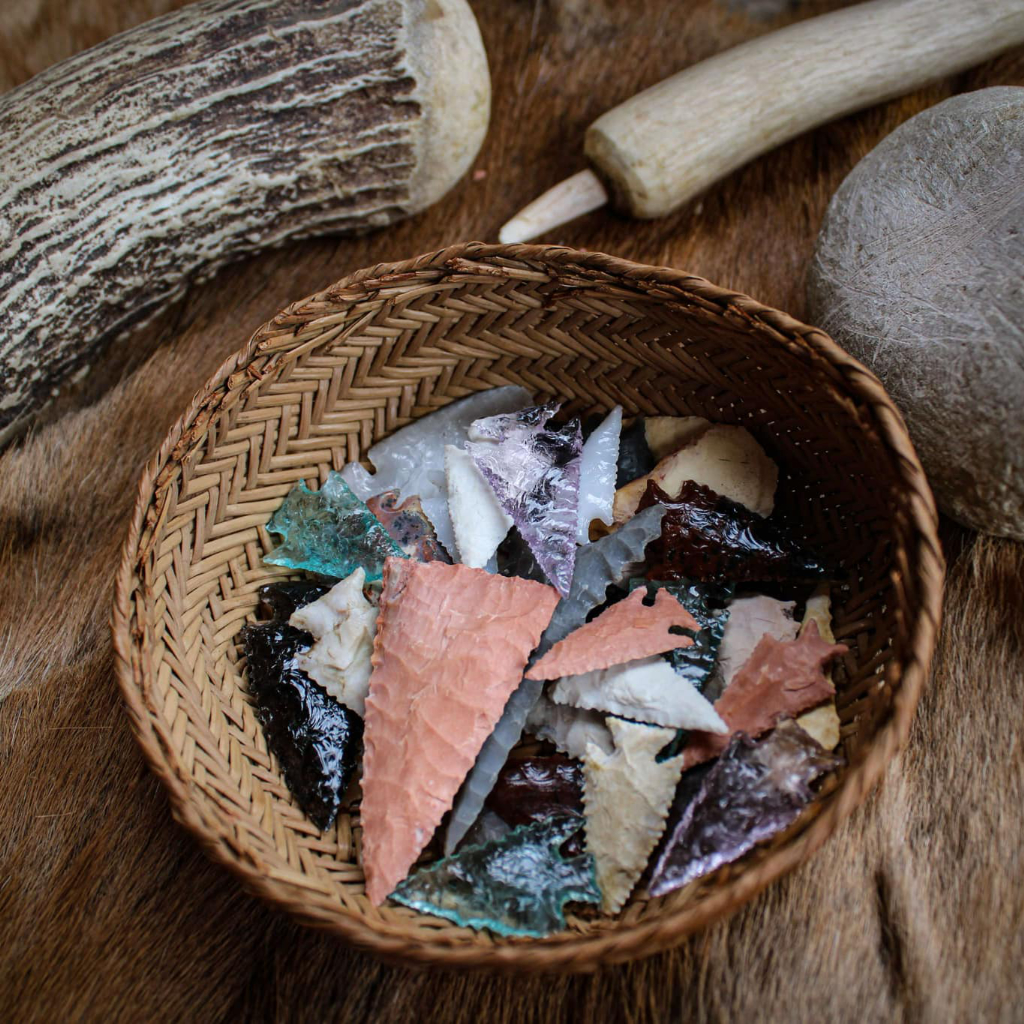Cart
10 min read
PREVENT WINTER INJURIES

Is it Winter or is it Spring?
Spring Time in Colorado is Dangerous for Cold Weather Injuries
We are reaching that time of year when it is hard to tell what season it is and its important to be aware of how to prevent cold weather injuries. February and March are supposed to be winter, and all the sciency books and peer-reviewed papers say spring begins at the end of March. Well here in the Rocky Mountains, Mother Nature has never read any of those papers or books and she does whatever the heck she feels in the mood for. Today in Golden we had beautiful sledding with the temperatures in the high 60s until the afternoon when it dropped into the single digits with a likelihood of snow tonight. Its not unusual to see snow all the way into late May, in Colorado. My point is this, in our outdoor adventures we need to be prepared for sudden changes and out-of-character weather patterns.
Heck, a few years ago we were able to teach winter and snow survival all the way through April and in mid-May we received 3 feet of fresh snow at camp in a single evening. We thought we would share a few general winter survival tips to help everyone prepare for any little changes mother nature may have in mind. Now those of you joining us for some winter survival training this weekend, do not worry you will hear more about this and get deeper details and skills, but for now here are some general rules or survival tips to deal with our cold weather enemies. We have already talked a great deal about conduction and convection in the last few weeks, so this time let us look at common winter ailments or injuries.

Prevent Winter Injuries By:
Always adjust your clothing to suit the activity you are participating in. Our goal is to stay warm without sweating. Many of our winter survival skills, like building snow shelters, are hard work. If we can not adjust layers, we must adjust the activity itself by maybe taking more breaks or working slower. Remember our conversation a few weeks ago about convection and evaporative cooling? Like my grandpa said, “Wet is cold and cold is dead.”
When we are taking those breaks, or listening to long-winded butt-chinned instructors like me, seek shelter from the wind any way you can. This is also the time to put those extra layers back on.
Make sure your boots allow for room to wiggle your toes. Do not forget to add those inserts we made a few weeks ago before buying new boots. We will talk about wiggling and blood flow in a few minutes.
Keep Your Clothes Dry

Brush away any snow that gets on your clothing before it melts. BRUSH or shake, do not pat. When you pat, you actually push the water into those valuable dead air spaces on your clothing. Make sure you do this outside of your shelter too. No point in adding water vapor to the air inside your shelter.
Exercise Your Face
Move your face often, we teach a specific method used by the Inuit’s, to prevent frostnip. In addition to doing these face-warming exercises keep an eye on your friend’s faces. White spots are warning signals for frostbite or frostnip. Alone? This is one more reason we recommend a compass with a mirror on it. Even before you see a white spot in the mirror or a friend tells you you have one do the following moves often.
A. Stretch your face and make an O shape with your mouth
B. Keep stretching your face out and now do a Joker smile
C. Now scrunch up your face like you licked a lemon
D. Stay scrunched up but blow out your cheeks like a puffer fish
E. Lastly wiggle all around like a rabbit, nose, cheeks, brows, etc.
Prevent Frostnip On Your Face

Protect Yourself From Snow Glare

We have talked about sun glare and snow blindness before, sunburns can be bad this time of year too. In late winter and early spring, the sun can be intense in snow-covered areas. Strong rays from the sun reflect off the snow and can burn you or hurt your eyes. Put some sunscreen on your most vulnerable places: nose, ears, side of the neck, and lips and wear sunglasses. During our Winter Survival Weekend Class we will teach indigenous methods and other ways to protect yourself from the sun. This is important because you may be forced to travel in the sun, or you may need to stay in the sun to warm up. We must use the sun as a tool without causing other problems.
Prevent Burn Injuries

Burn injuries from fire and hot water are always possible, but especially when our many layers can make us a bit more clumsy or bulky. Burn related injuries are one of the most common injuries in the outdoors due to people not being safe around campfire. Burns and blisters will be their own blogs down the road; here is what we will say for now, this is true for the next couple of tips as well. TAKE A MEDICAL-BASED CLASS! This should be one of the next classes you take. I do not teach the medical classes, Jason brings in actual field medics to do that, but you will likely see me or other instructors in your class. Wilderness first aid is preparedness in action and of all the skills you will learn they are the ones you will most likely use in some capacity. Make sure to take your class through a program like Off Grid Medic, which does a great deal of practice and hands-on learning.
Bring Extra Socks
Trench foot is a real concern if you are in wet conditions, such as boggy winter areas. Trench foot should be dealt with by qualified medical professionals. It is best if we prevent it at every turn. Use all our clothes drying techniques whenever necessary. Our students will be drying cotton t-shirts using rapid methods this weekend. This skill seems silly until you have only one pair of wet socks.
Your socks should never be cotton. In fact, none of your outdoor clothing should be cotton, especially in the winter. You should be wearing synthetic or wool clothing as it will help wick water away from your body. Not only that but cotton retains moisture while wool and synthetics will dry out faster.
This brings up the next point, never have just one pair of socks. Keep an extra pair in a zip lock bag in your coat pocket. This is in addition to the sleeping socks we talked about last week. If your feet must be wet, use this tip from our jungle training. Wiggle and flex your toes often, ring out socks, and pick boots that allow for drainage when expecting wet areas.

Poor Foot Circulation is Harmful

Make sure extra socks do not make boots too tight, and also make sure not to over-tighten your laces. Not only can this limit blood flow leading to cold feet, frostbite, and other cold injuries. But it can lead to tendonitis in the ankles by causing inflammation of the tendons. Ease back on how tight your laces are and you will have better blood flow and less pressure. Read here if you want to learn more, about how boots should fit.
Wearing tight boots in the winter can be bad for a number of reasons
Poor circulation: Tight boots can restrict blood flow to your feet, which can lead to cold feet, numbness, and even frostbite. This is particularly dangerous in the winter when the temperature is already cold.
Increased risk of falls: When your feet are cramped and uncomfortable, your balance can be affected, which increases your risk of falling on slippery winter surfaces.
Foot problems: Wearing tight boots for extended periods of time can lead to foot problems such as blisters, calluses, and corns. These issues can be exacerbated in the winter when your skin is more prone to dryness and cracking.
Reduced insulation: When your boots are too tight, there is less room for warm air to circulate around your feet, which can reduce the insulation properties of your footwear. This can lead to your feet getting cold more quickly, even if you’re wearing thick socks.
It’s important to choose boots that fit properly and provide adequate room for your feet to move and breathe, especially in the winter when your feet are more vulnerable to cold temperatures.
Prevent Frostbite

I would like to get into frostbite, hypothermia, and a few others (the winter class is on my mind) but we are running out of space this time. Let us at least mention minor frostbite before we part ways this week. Cover exposed skin and be careful of your gear, for example, metal watches or wrist compasses can freeze to skin in extreme cold temperatures.
Warm your face with cupped hands. DO NOT RUB! Why cupped hands? That is right it creates a pocket of dead air space which acts as insulation and allows your body radiation to do its job. Put your hands under your armpits, inside of your clothing. As for feet, well a few of you could put those in your armpits, but most of us will need a friend. Put your foot in your companion’s armpit inside of their clothing until warmed up. Remember these tips are all for frostnip or the first stages of frostbite, our goal being to stay away from deep frostbite or extensive cold injuries.
An Ounce of Prevention…

These are all tips that have come up while talking to the students that contact us preparing for our winter weekend. Hopefully, they help you to have fun and stay safe on your cold weather adventures. Remember an ounce of prevention is worth two in the bush…..wait that is not right. Best to stick with what I know.
Remember even if you are just having a snow adventure at your local green belt, there is no such thing as a small adventure.
Stay safe, and dry, out there.
See you on the adventure trail
Hutch
Did you like these survival tips? Check out more tips and trick on our Wilderness Survival Tips page.
If you are looking for hands on training to learn more about wilderness survival and want to take months if not years off of your learning curve, I suggest you check out our 5 Day Outdoor Survival Basics 101 class!
#survivalskills #survivalgear #wildernessculture #outdooreducation #wildernesssurvival
Leave a Comment
What Nash Quinn’s Disappearance Teaches Us About Being Ready for the Backcountry
Nash Quinn vanished on a routine ride near Laramie. His story is a powerful reminder of why preparation, communication, and humility in the outdoors matter...
Recommended Gear List For Courses
Colorado is a cold weather climate most of the year and with our survival school at 9400 feet, it can get frigid at night, even…
Survival Training Near Me: Why the Best Might Be Worth the Trip
Discover why the best survival training might mean leaving the city. Explore The Survival University’s 4000+ acres and 20+ expert instructors!
Bugging In Guide Part 1: Drain Your Water Heater
Learn how to access hidden water in your home by safely draining your water heater during emergencies. A must-read for urban survival and bugging in.
Flint Knapping for Beginners: My Hilarious Failures & How to Do It Right
Flint knapping sounds easy—until you try it. Here’s my journey of frustration, flying shards, and why some people (but not me) make it look effortless.
What to Do When You Encounter a Wolf in the Wild
Wolves are neither villains nor heroes—they’re survivors. Explore their role in nature, the myths that surround them, and what we can learn from their resilience.










